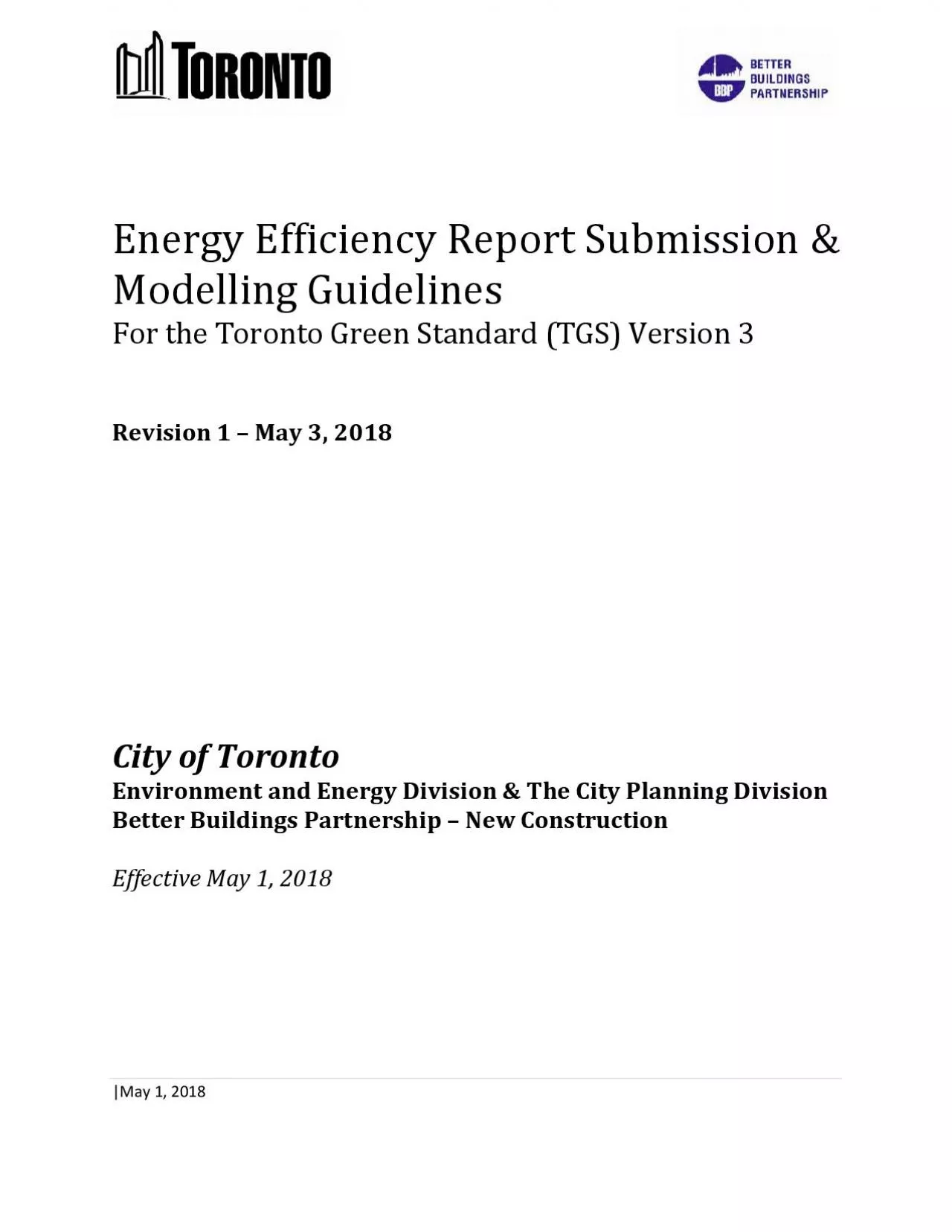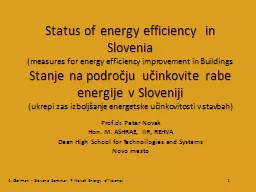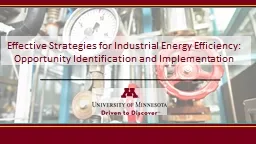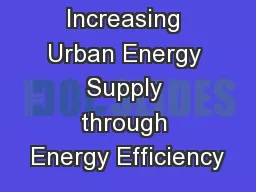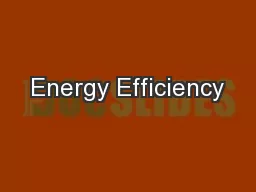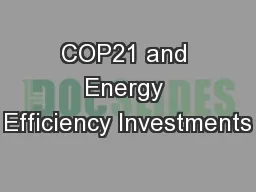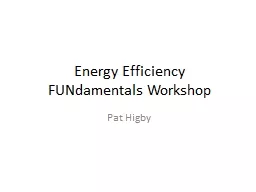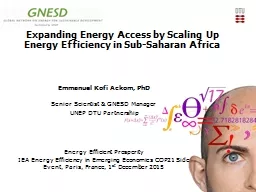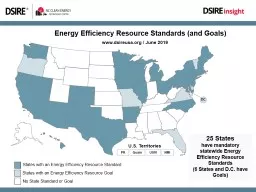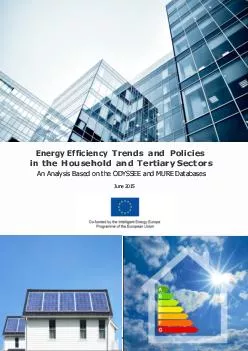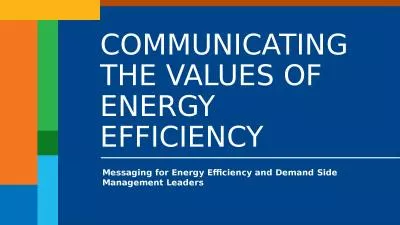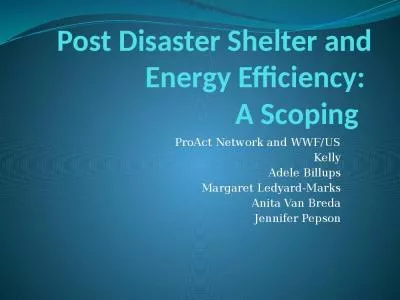PDF-Energy Efficiency Report Submission & Modeling GuidelinesFor the Toron
Author : skylar | Published Date : 2020-11-25
May 1 2018 May 1 2018 Table of Contents Introduction11Definitions12Acronyms Used in this Guideline13TGS v3 Energy Requirements Overview131Absolute Performance Targets
Presentation Embed Code
Download Presentation
Download Presentation The PPT/PDF document "Energy Efficiency Report Submission & Mo..." is the property of its rightful owner. Permission is granted to download and print the materials on this website for personal, non-commercial use only, and to display it on your personal computer provided you do not modify the materials and that you retain all copyright notices contained in the materials. By downloading content from our website, you accept the terms of this agreement.
Energy Efficiency Report Submission & Modeling GuidelinesFor the Toron: Transcript
Download Rules Of Document
"Energy Efficiency Report Submission & Modeling GuidelinesFor the Toron"The content belongs to its owner. You may download and print it for personal use, without modification, and keep all copyright notices. By downloading, you agree to these terms.
Related Documents

